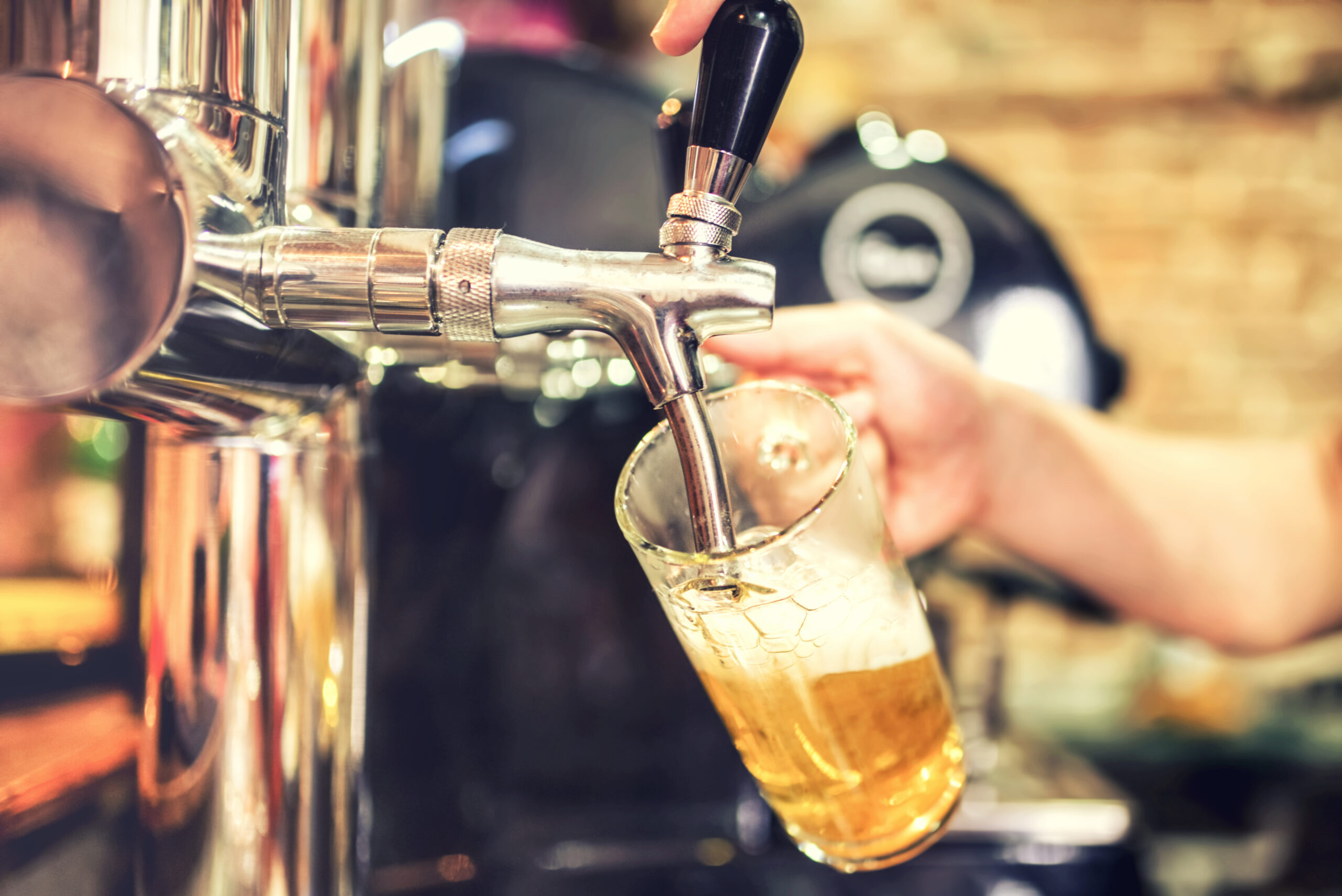

Articles
Why Is The Kegerator Making My Beer Flat?
Modified: February 28, 2024
Discover the reasons behind flat beer on your kegerator and learn how to fix it with these helpful articles.
(Many of the links in this article redirect to a specific reviewed product. Your purchase of these products through affiliate links helps to generate commission for Storables.com, at no extra cost. Learn more)
Introduction
Have you ever excitedly poured yourself a glass of beer from your kegerator, only to find it disappointingly flat? Dealing with a kegerator that consistently dispenses flat beer can be frustrating for any beer enthusiast. However, before you throw your hands up in frustration and declare your beloved kegerator broken, there are several common reasons why you may be encountering this problem.
A kegerator is a fantastic addition to any home bar or man cave, providing the convenience of having your favorite beers on tap at all times. It essentially functions as a refrigerator and dispenser for a keg of beer, allowing you to pour a fresh and crisp glass whenever you desire. However, if the beer poured from your kegerator lacks carbonation and falls flat, it can significantly compromise your drinking experience.
To understand why you might be getting flat beer from your kegerator, it’s crucial to have a basic understanding of how a kegerator works. A kegerator typically consists of a refrigerated unit, a CO2 tank, a regulator, and dispensing lines. The refrigerated unit ensures that the beer is stored at the optimal temperature, while the CO2 tank and regulator control the carbonation and pressure inside the keg. The dispensing lines transport the beer from the keg to the faucet where it is poured into your glass.
Now, let’s delve into some common reasons why your kegerator might be dispensing flat beer:
Key Takeaways:
- Maintaining proper CO2 pressure, cleaning beer lines, and adjusting temperature settings are crucial for resolving flat beer issues in a kegerator. Attention to detail and regular maintenance ensure consistently well-carbonated beer pours.
- Understanding the components of a kegerator and troubleshooting common issues such as faulty regulators and over-carbonation empowers beer enthusiasts to enjoy perfectly carbonated beers from their kegerators. Professional help may be necessary if troubleshooting steps do not resolve the flat beer problem.
Read more: How To Make A Kegerator Out Of A Cooler
Understanding the Basics of a Kegerator
A kegerator is a specialized refrigerator designed to store and dispense kegs of beer. It is a must-have appliance for any beer enthusiast who wants to enjoy their favorite brew on tap in the comfort of their own home. Understanding the basic components and functionality of a kegerator is key to troubleshooting and resolving any issues that may arise, such as flat beer.
At its core, a kegerator consists of the following main components:
- Refrigeration Unit: The refrigeration unit is responsible for keeping the beer keg cold at a consistent temperature. This ensures that the beer remains fresh and crisp until it is dispensed.
- CO2 Tank: The CO2 tank supplies carbon dioxide, which is used to pressurize the keg and maintain proper carbonation levels in the beer.
- Regulator: The regulator controls the flow and pressure of the CO2 gas from the tank into the keg. It allows you to adjust the carbonation levels to suit your preference.
- Dispensing System: The dispensing system consists of the beer lines, faucet, and tap handle. These components work together to deliver a smooth pour of beer into your glass.
When it comes to maintaining the quality of the beer and preventing issues like flat beer, several factors are crucial:
- Temperature: Proper temperature control is vital for preserving the quality and taste of the beer. Most kegerators have an adjustable temperature control feature, allowing you to set the ideal temperature for the type of beer being dispensed.
- Carbonation: Maintaining the correct carbonation level is essential for serving refreshing and effervescent beer. The regulator enables you to adjust the CO2 pressure to achieve the desired level of carbonation.
- Cleanliness: Regular cleaning of the kegerator components, such as the lines and faucets, is essential to prevent contamination and ensure the beer remains fresh and free from any off-flavors.
Now that you have a basic understanding of the kegerator’s components and their importance, let’s explore some common reasons why your kegerator might be dispensing flat beer.
Common Reasons for Flat Beer on a Kegerator
Getting a glass of flat beer from your kegerator can be disappointing, especially when you’re expecting a refreshing, carbonated drink. There are several common reasons why you may be encountering this issue, and understanding these factors is essential for troubleshooting and resolving the problem. Let’s explore the most frequent culprits behind flat beer on a kegerator:
1. Improper CO2 Pressure: One of the primary reasons for flat beer is incorrect CO2 pressure. If the pressure is too low, the beer won’t have enough carbonation. On the other hand, if the pressure is too high, it can lead to over-carbonation and excessive foam. Ensuring that the CO2 pressure is properly adjusted is crucial for achieving the right level of carbonation.
2. Clogged or Dirty Lines: Over time, the lines that transport the beer from the keg to the faucet can become clogged or dirty. This can disrupt the flow of the beer and result in a flat pour. Regular cleaning and maintenance of the lines are essential to prevent any obstructions that might affect the carbonation levels.
3. Incorrect Temperature Settings: Temperature plays a significant role in maintaining the carbonation of the beer. If the kegerator is set at too high or too low of a temperature, it can affect the carbonation levels and result in flat beer. It’s important to ensure that the kegerator is set to the recommended temperature for the specific type of beer you’re dispensing.
4. Faulty Regulator: A malfunctioning regulator can interfere with the proper flow of CO2 and result in inadequate carbonation. If you suspect that your regulator is faulty, it’s recommended to have it checked or replaced to ensure consistent carbonation levels.
5. Over-Carbonation: While low carbonation is a common issue, over-carbonation can also lead to flat beer. If there is too much CO2 pressure, it can cause excessive foaming and quickly deplete the carbonation, leaving the beer flat. Properly calibrating the CO2 pressure is crucial to avoid over-carbonation.
By understanding these common reasons for flat beer on a kegerator, you can now proceed to troubleshoot the issue effectively. In the next sections, we will explore how to address each of these problems and ensure that your kegerator dispenses perfectly carbonated beer every time.
Issue 1: Improper CO2 Pressure
One of the most common culprits behind flat beer from a kegerator is improper CO2 pressure. The right CO2 pressure is crucial for achieving the desired level of carbonation in your beer. Here’s a closer look at how improper CO2 pressure can cause flat beer and what steps you can take to address the issue:
1. Low Pressure: If the CO2 pressure is too low, your beer will lack carbonation, resulting in a flat pour. This can happen if the CO2 tank is running low or if there is a leak in the system. To address this issue, start by checking the CO2 tank to ensure it has enough pressure. If the tank is low, replace or refill it. Additionally, inspect the CO2 lines for any leaks and tighten all connections. If you notice a leak, you may need to replace the damaged parts or use thread sealant to fix the issue.
2. High Pressure: On the other hand, if the CO2 pressure is too high, it can lead to over-carbonation, resulting in excessive foaming and depleted carbonation in your beer. To rectify this issue, adjust the CO2 regulator to reduce the pressure. Slowly turn the regulator adjustment knob in a counterclockwise direction to lower the pressure. It’s important to make small adjustments and give the system time to stabilize before checking the carbonation levels. Keep testing the beer until you achieve the desired carbonation.
3. Proper Carbonation Levels: To ensure the proper carbonation levels, it’s essential to refer to the recommendations provided by the beer manufacturer or use a carbonation chart as a guideline. Different beer styles have different recommended carbonation levels, so it’s crucial to adjust the CO2 pressure accordingly. These guidelines will help you achieve the optimal carbonation for your beer and prevent it from coming out flat.
Remember, finding the perfect CO2 pressure for your kegerator may require some experimentation and fine-tuning. Keep in mind that factors like temperature, beer style, and personal preference can affect the ideal carbonation levels. It’s recommended to start with a conservative CO2 pressure and gradually adjust it until you achieve the desired carbonation and a perfect pour of beer from your kegerator.
By addressing the issue of improper CO2 pressure, you’ll be able to enjoy a refreshing glass of well-carbonated beer from your kegerator. However, if the flat beer issue persists, there might be other underlying causes that need to be investigated. Let’s move on to the next potential issue and explore how to resolve it for a better beer experience.
Issue 2: Clogged or Dirty Lines
Another common cause of flat beer from a kegerator is clogged or dirty lines. Over time, beer lines can accumulate debris, sediment, and bacteria, which can hinder the smooth flow of the beer and result in a flat pour. Here’s a closer look at this issue and how you can resolve it:
1. Regular Cleaning: The key to preventing clogged or dirty lines is regular cleaning and maintenance. It’s recommended to clean your beer lines at least once every few months, depending on the frequency of use. Use a cleaning solution specifically designed for beer lines to remove any buildup or residue. Follow the instructions provided with the cleaning solution, which usually involve running the solution through the lines and then flushing with water.
2. Line Flushing: In addition to regular cleaning, it’s a good practice to flush your lines before tapping a new keg or after an extended period of inactivity. Flushing involves running a cleaning solution or water through the lines to remove any leftover beer or contaminants. This helps ensure that your beer flows smoothly and retains its carbonation.
3. Line Replacement: If you notice persistent issues with clogged or dirty lines even after thorough cleaning and flushing, it may be time to consider replacing the lines. Over time, the inner lining of the beer lines can degrade or develop cracks, making it difficult to maintain proper carbonation. Replace the lines with new ones that are of appropriate length and diameter for your kegerator.
4. Tap Hygiene: It’s not just the lines that can contribute to flat beer. The faucet and tap handle should also be kept clean and free from any residue or buildup. Regularly disassemble and clean these components according to the manufacturer’s instructions to ensure optimal beer flow and carbonation.
By addressing clogged or dirty lines, you’ll be able to enjoy a smooth, carbonated pour every time you use your kegerator. Regular cleaning, flushing, and proper hygiene practices will help maintain the quality of your beer and prevent any issues that could result in flat beer.
Now that we’ve covered the issue of clogged or dirty lines, let’s move on to the next potential cause of flat beer and explore how to troubleshoot it effectively.
Check the CO2 pressure – if it’s too low, the beer will come out flat. Also, make sure the beer lines are clean and the temperature is set correctly for the type of beer you’re serving.
Read more: Who Makes Superior Kegerator
Issue 3: Incorrect Temperature Settings
One of the key factors that can lead to flat beer from a kegerator is incorrect temperature settings. The temperature at which the beer is stored and dispensed plays a crucial role in maintaining carbonation levels and overall beer quality. Here’s a closer look at this issue and how you can address it:
1. Understanding Ideal Temperature: Different styles of beer require different temperature ranges to maintain their carbonation and flavor profiles. It’s important to refer to the recommended temperature range for the specific type of beer you’re dispensing. Typically, most kegerators have adjustable temperature controls, allowing you to set the desired temperature within a specific range.
2. Temperature Adjustment: If your beer is consistently coming out flat, it could indicate that the temperature setting in your kegerator is too high or too low. To address this issue, consult the recommended temperature range for your specific beer and adjust the kegerator accordingly. Make small, incremental changes to the temperature and allow some time to pass before evaluating the carbonation levels. Keep adjusting until you find the optimal temperature that provides the best carbonation and flavor profiles for your beer.
3. Temperature Monitoring: Once you have adjusted the temperature settings on your kegerator, it’s important to monitor and maintain the desired temperature consistently. Use a reliable thermometer to regularly check the temperature inside the kegerator and ensure it remains within the recommended range. Fluctuations in temperature can adversely affect carbonation, so it’s crucial to keep the temperature stable for optimal results.
4. Beer Line Insulation: In some cases, incorrect temperature settings can be caused by inadequate insulation of the beer lines. If the lines are exposed to outside temperatures or temperature fluctuations within the kegerator, it can impact the carbonation levels and result in flat beer. Ensure that your beer lines are properly insulated to minimize any temperature variations and maintain the ideal temperature for your beer.
By addressing the issue of incorrect temperature settings, you can enjoy well-carbonated, flavorful beer from your kegerator. Remember to adjust the temperature according to the specific style of beer you’re dispensing and monitor it regularly to ensure consistency. With the right temperature control, you’ll be able to savor the true essence of your favorite beers.
Now that we’ve explored the issue of incorrect temperature settings, let’s move on to the next potential cause of flat beer and learn how to troubleshoot it efficiently.
Issue 4: Faulty Regulator
A faulty regulator can be another potential cause of flat beer from a kegerator. The regulator is responsible for controlling the flow and pressure of the CO2 gas into the keg, directly impacting the carbonation levels and overall quality of the beer. Here’s a closer look at this issue and how you can address it:
1. Signs of a Faulty Regulator: If you notice inconsistent carbonation levels, excessive foaming, or difficulty maintaining a steady CO2 pressure, it could indicate a problem with the regulator. Additionally, if you hear hissing sounds or notice any visible leaks around the regulator, these are clear signs of a faulty regulator that needs attention.
2. Inspect for Damage: Start by visually inspecting the regulator for any visible damage, such as cracks or loose fittings. Sometimes, a simple adjustment or tightening of connections can resolve minor issues. However, if you notice significant damage or suspect a malfunction, it may be necessary to replace the regulator altogether.
3. Testing the Regulator: If you suspect that your regulator is not functioning properly, you can perform a basic test to check its accuracy. Use a pressure gauge or a gauge calibration tool to compare the reading on the regulator with the actual pressure in the CO2 tank. If there is a significant difference, it indicates that the regulator is faulty and needs replacement.
4. Replace the Regulator: If you determine that the regulator is indeed faulty, it’s recommended to replace it with a new one. Consult the manufacturer’s instructions or seek professional assistance to ensure that you choose a compatible and reliable regulator for your kegerator. Proper installation of the new regulator is crucial for ensuring optimal carbonation and beer dispensing.
5. Routine Maintenance: To prevent regulator issues in the future, regular maintenance is essential. Inspect the regulator periodically for any signs of damage or leaks, and clean it as recommended by the manufacturer. Routine maintenance will help prolong the lifespan of the regulator and ensure consistent carbonation in your beer.
By addressing the issue of a faulty regulator, you can maintain proper CO2 pressure and enjoy well-carbonated beer from your kegerator. Remember to test the regulator’s accuracy, replace it if necessary, and perform routine maintenance to prevent future problems.
Next, let’s move on to the final potential cause of flat beer and explore how to troubleshoot it effectively.
Issue 5: Over-Carbonation
While flat beer is a common complaint, it’s essential to be aware that over-carbonation can also result in an unsatisfactory drinking experience. Over-carbonated beer can lead to excessive foaming and a loss of carbonation, resulting in flat beer. Understanding the causes and solutions for over-carbonation will help you achieve the perfect balance of carbonation in your kegerator:
1. High CO2 Pressure: Over-carbonation often occurs when the CO2 pressure is set too high. This excessive pressure leads to an excess of carbon dioxide being dissolved in the beer, causing foaming and depleting the carbonation. To rectify this issue, adjust the CO2 regulator to decrease the pressure gradually. Make small adjustments and give the system time to stabilize before checking the carbonation levels.
2. Temperature Fluctuations: Temperature fluctuations can also contribute to over-carbonation. If your kegerator experiences significant temperature changes, it can cause the beer to absorb more CO2, resulting in excessive carbonation. Ensure that your kegerator maintains a consistent and appropriate temperature for the style of beer you are dispensing.
3. Uneven Dispensing: Uneven dispensing, such as abrupt opening and closing of the faucet or excessive agitation during pouring, can lead to over-carbonation. This can cause excess CO2 to come out of the beer, resulting in foam and loss of carbonation. To prevent this issue, ensure smooth and controlled pouring by opening the faucet gradually and maintaining a steady flow.
4. Proper Line Length: The length of the beer lines in your kegerator can impact carbonation. If the lines are too short, the beer can become over-carbonated due to high pressure. Conversely, if the lines are too long, the beer may become under-carbonated, resulting in flatness. Ensure that the beer lines are of appropriate length for your specific kegerator setup to maintain the desired carbonation.
5. Time for Conditioning: Some beers require a certain amount of time for conditioning after being connected to the CO2 system. This period allows the carbonation levels to stabilize and reach the desired level. Follow the recommendations of the beer manufacturer or consult resources specific to the beer style to determine the optimal conditioning time.
By addressing the issue of over-carbonation, you can ensure a balanced and enjoyable beer pour from your kegerator. Adjusting the CO2 pressure, maintaining temperature stability, using appropriate line lengths, and allowing sufficient time for conditioning will help you achieve the desired level of carbonation for your beer.
We have now explored the common issues that can lead to flat beer from a kegerator and learned how to troubleshoot them effectively. Let’s move on to the next section, where we will provide some troubleshooting steps to help you resolve the flat beer issue and get your kegerator pouring perfectly carbonated beers once again.
Troubleshooting Steps for Resolving Flat Beer Issue
If you’re experiencing flat beer from your kegerator, there are several troubleshooting steps you can take to identify and resolve the underlying issue. Let’s go through these steps to help you get your kegerator pouring perfectly carbonated beers once again:
1. Check CO2 Pressure: Begin by checking the CO2 pressure gauge or regulator to ensure it is set at the appropriate level. If the pressure is too low, adjust it to the recommended range. If it’s too high, gradually decrease it until you achieve the desired carbonation levels.
2. Inspect for Leaks: Inspect all the connections, including the CO2 tank, regulator, and beer lines, for any signs of leaks. Leaks can cause inconsistent or insufficient carbonation. Tighten any loose connections or replace damaged components if necessary.
3. Clean Beer Lines: Clogged or dirty beer lines can hinder the flow of beer and result in flat pours. Clean the lines using a designated cleaning solution or flush them with water to remove any buildup or debris. Regular cleaning of the beer lines is essential to maintain proper carbonation.
4. Adjust Temperature: Ensure that your kegerator is set to the appropriate temperature for the style of beer you are dispensing. Incorrect temperature settings can affect carbonation levels. Make adjustments as needed to maintain the optimal temperature range.
5. Check for Faulty Regulator: If you suspect a faulty regulator, inspect it for any damage or leaks. Test its accuracy using a pressure gauge or calibration tool. If the regulator is not functioning properly, replace it with a new one to ensure consistent carbonation.
6. Evaluate Pouring Technique: Uneven or aggressive pouring can cause excessive foaming and loss of carbonation. Ensure a smooth and controlled pour by opening the faucet gradually and maintaining a steady flow. Avoid excessive agitation that can release excess CO2 from the beer.
7. Allow for Conditioning Time: Some beers require time to condition after being connected to the CO2 system. Follow the recommendations for conditioning time provided by the beer manufacturer. This allows the carbonation levels to stabilize and reach the desired level.
8. Seek Professional Help: If you have followed the troubleshooting steps and are still experiencing flat beer, it may be time to seek professional help. Contact a kegerator technician who can assess your equipment and identify any underlying issues that may be affecting carbonation.
By following these troubleshooting steps, you can identify and address the factors contributing to flat beer from your kegerator. Remember to be patient and make gradual adjustments to achieve the desired carbonation levels. With proper maintenance and attention, you’ll soon be pouring perfectly carbonated beers from your kegerator once again.
Now, armed with these troubleshooting tips, you can enjoy your favorite beers with the perfect amount of carbonation straight from your kegerator!
Read more: Why Is My Kegerator Not Pouring
Conclusion
Dealing with flat beer from your kegerator can be frustrating, but with the right knowledge and troubleshooting steps, you can resolve the issue and enjoy perfectly carbonated beers once again. Throughout this article, we have explored the common reasons for flat beer and provided solutions for each potential issue.
We began by understanding the basics of a kegerator, learning about its components and how they work together to dispense beer. We then delved into the common causes of flat beer, including improper CO2 pressure, clogged or dirty lines, incorrect temperature settings, faulty regulators, and over-carbonation.
For each issue, we provided detailed explanations and practical steps to address them. From adjusting the CO2 pressure and cleaning the beer lines to adjusting temperature settings and replacing faulty regulators, these troubleshooting steps are designed to help you identify and resolve the specific cause of flat beer in your kegerator.
Remember that maintaining a kegerator requires regular cleaning and maintenance. Keep your beer lines clean and free from debris, regularly monitor and adjust CO2 pressure, and set the appropriate temperature for optimal carbonation. A well-maintained kegerator will ensure that you can enjoy the perfect glass of beer every time.
If, after following the troubleshooting steps, you are still unable to resolve the flat beer issue, it may be wise to seek professional help from a kegerator technician. They can provide expert advice and assistance in diagnosing and resolving any underlying issues causing flat beer.
In conclusion, having flat beer from your kegerator is a common problem that can be addressed through proper understanding and troubleshooting. By implementing the appropriate solutions, maintaining your kegerator regularly, and paying attention to the details, you can ensure that your kegerator consistently delivers well-carbonated and delicious beers.
So, go ahead and take the necessary steps to troubleshoot and fix the flat beer issue in your kegerator. Once resolved, you can raise a glass and enjoy the delightful experience of pouring and savoring perfectly carbonated beer.
Frequently Asked Questions about Why Is The Kegerator Making My Beer Flat?
Was this page helpful?
At Storables.com, we guarantee accurate and reliable information. Our content, validated by Expert Board Contributors, is crafted following stringent Editorial Policies. We're committed to providing you with well-researched, expert-backed insights for all your informational needs.
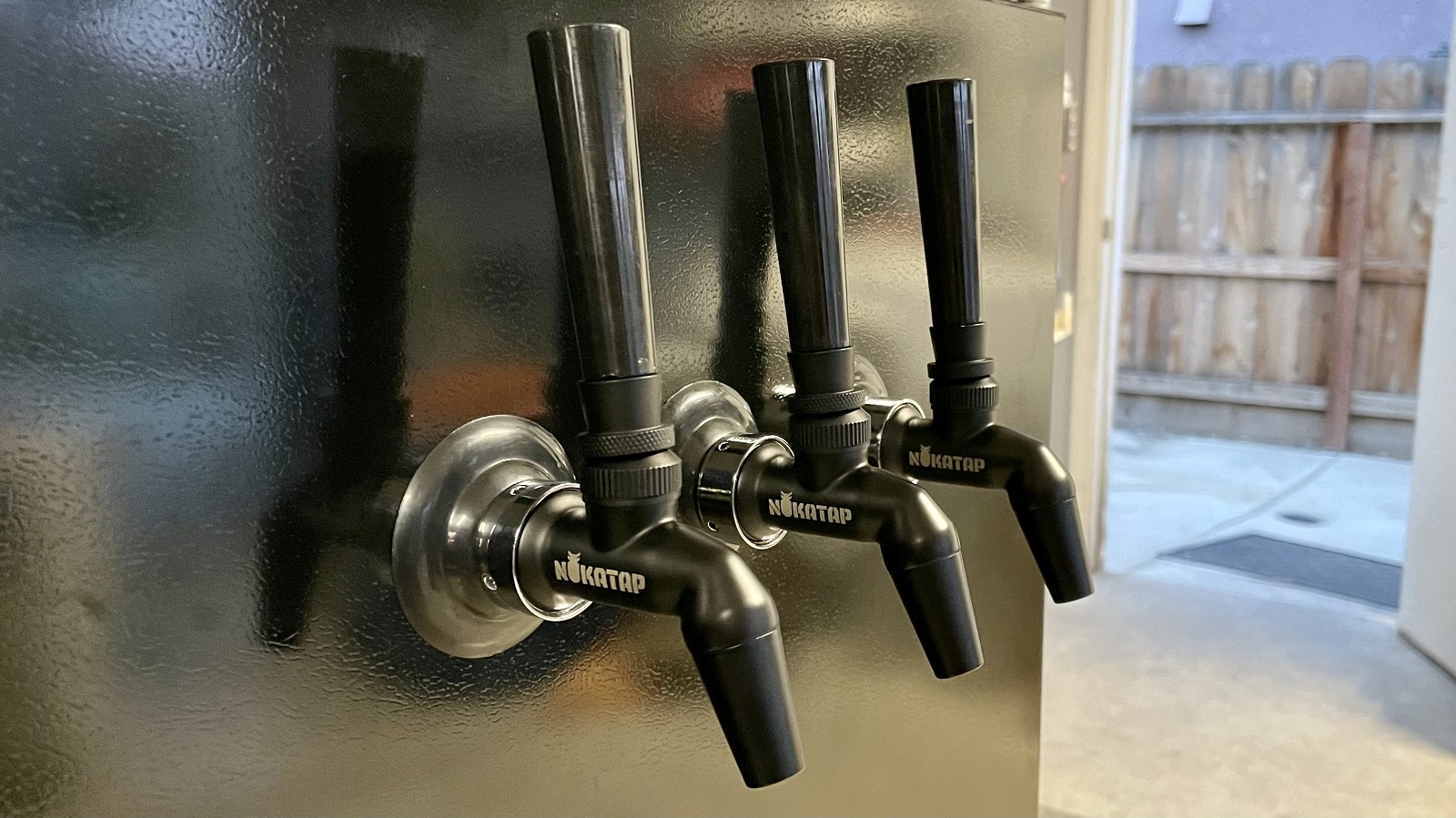
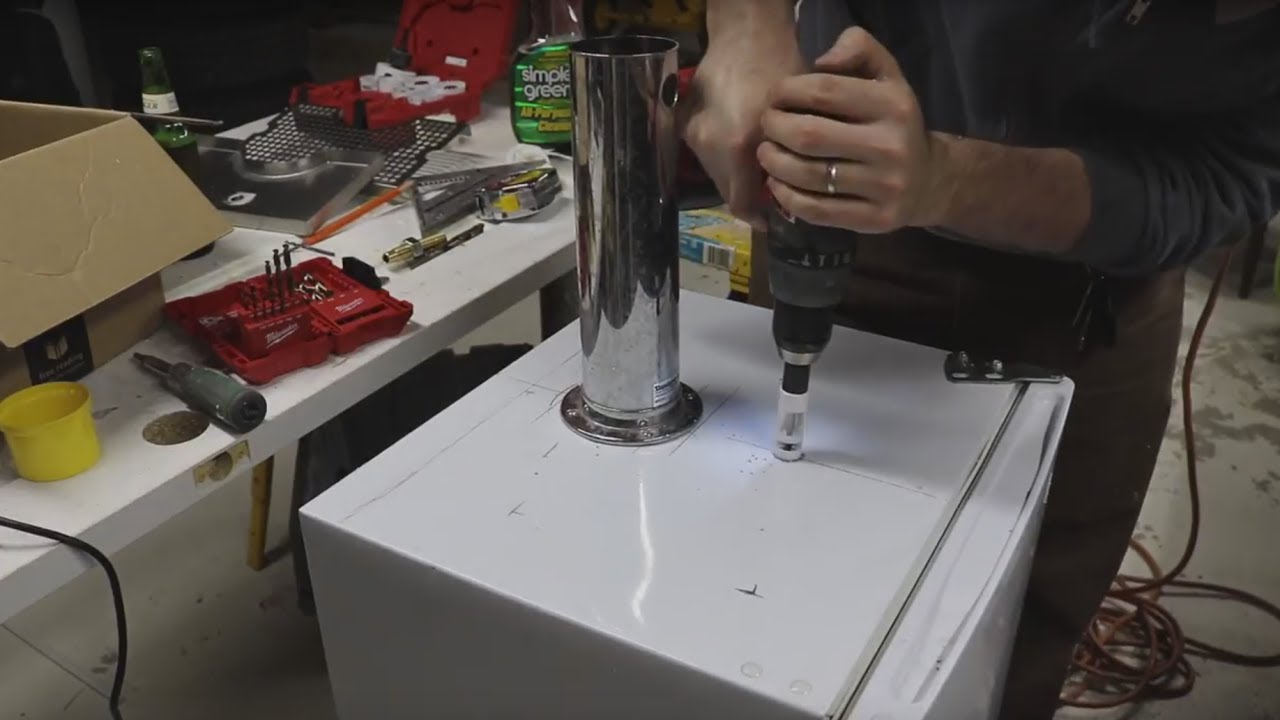
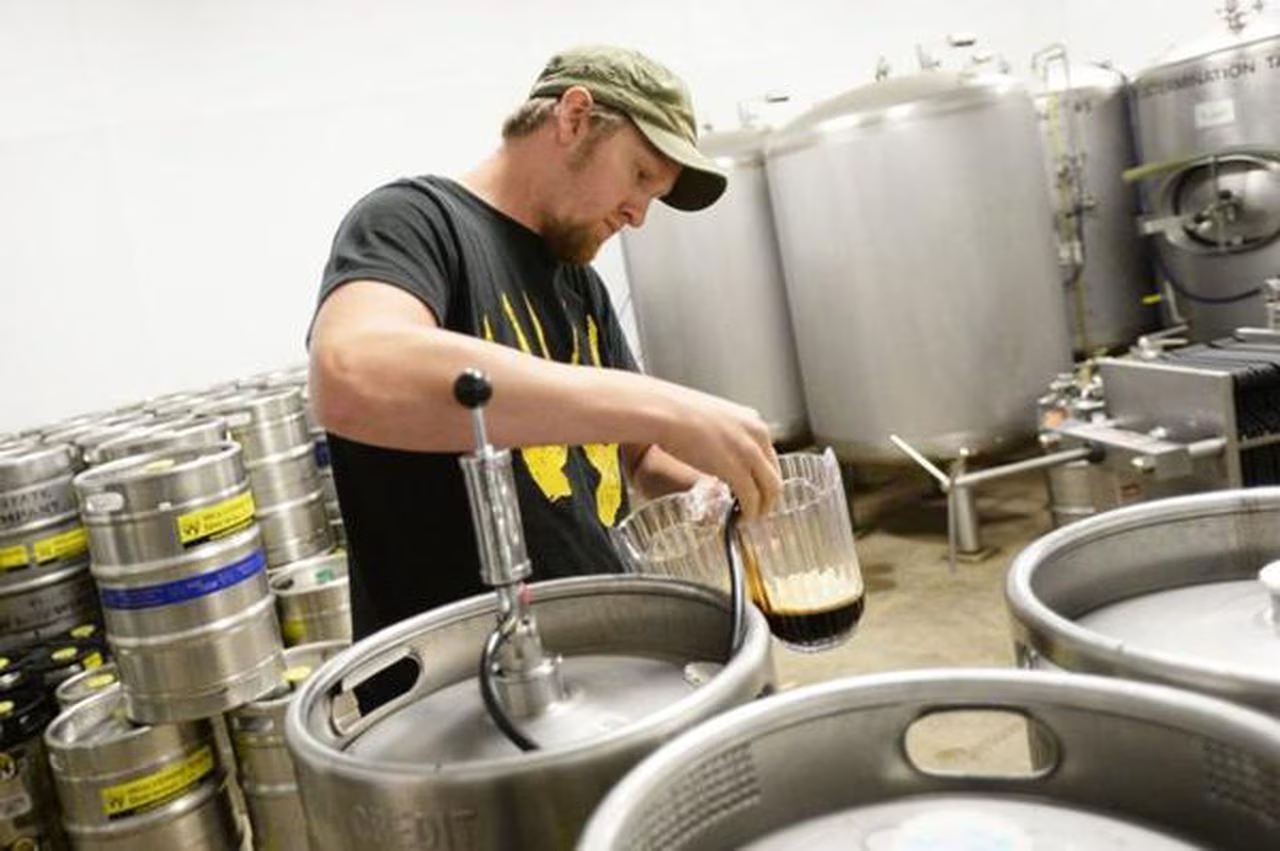
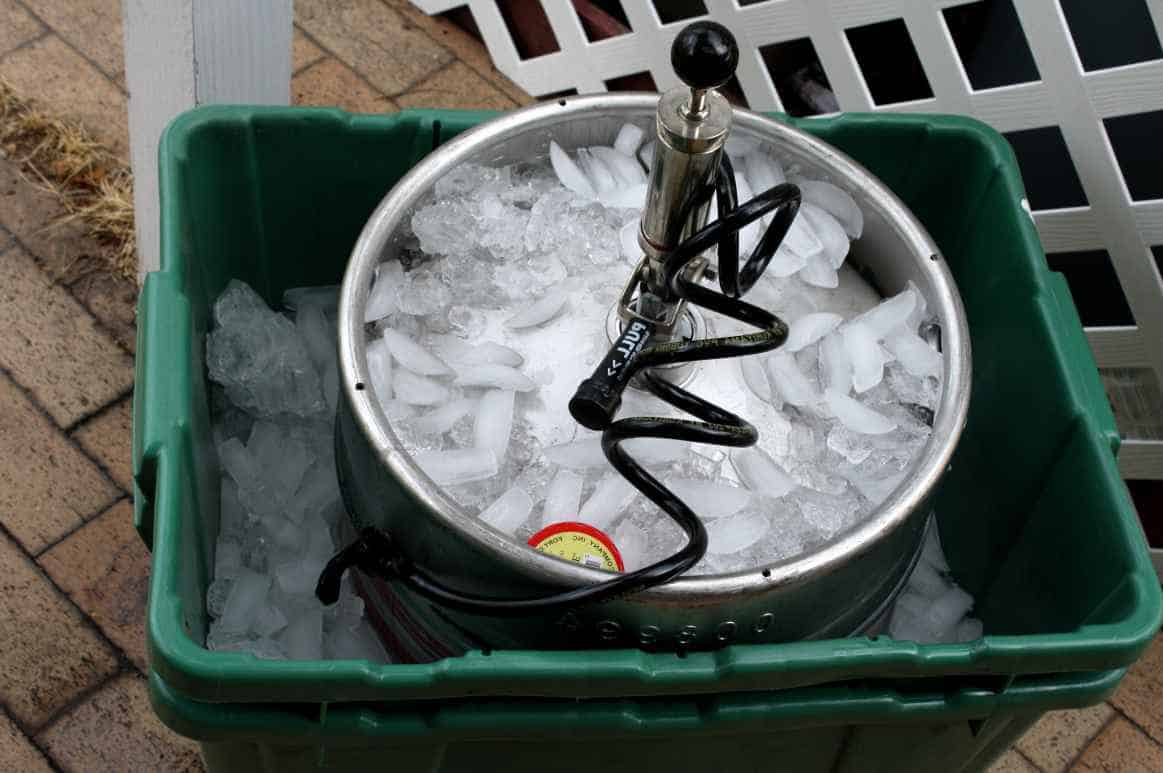
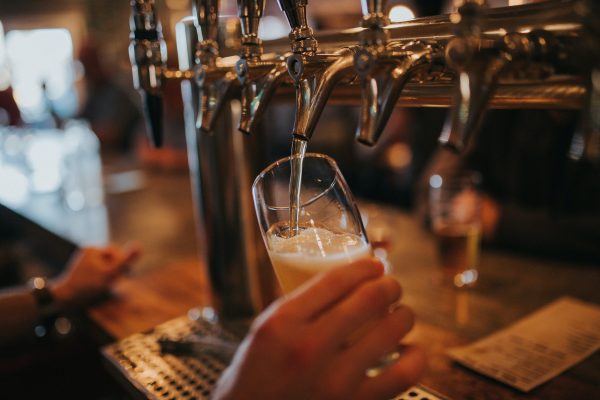
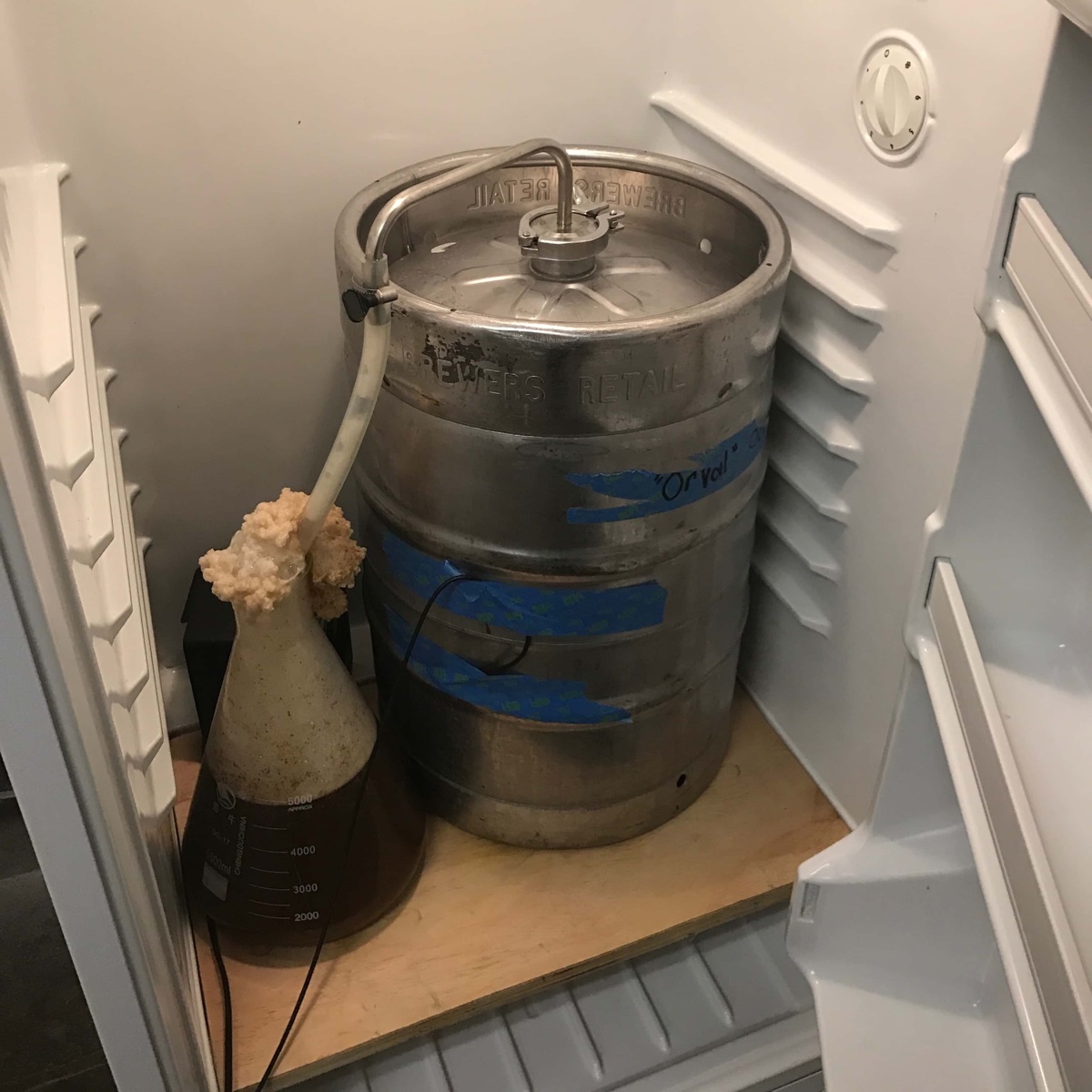
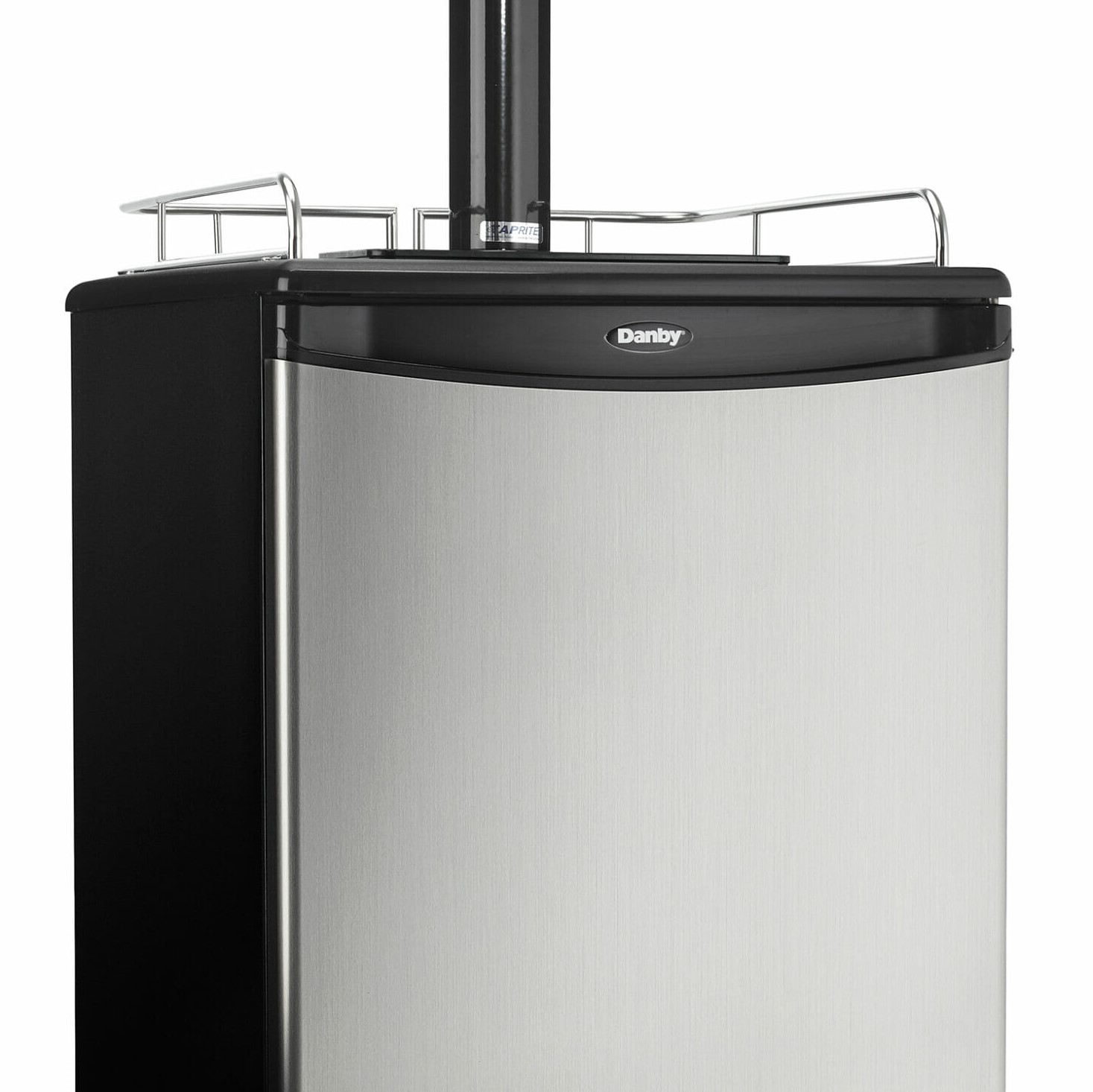
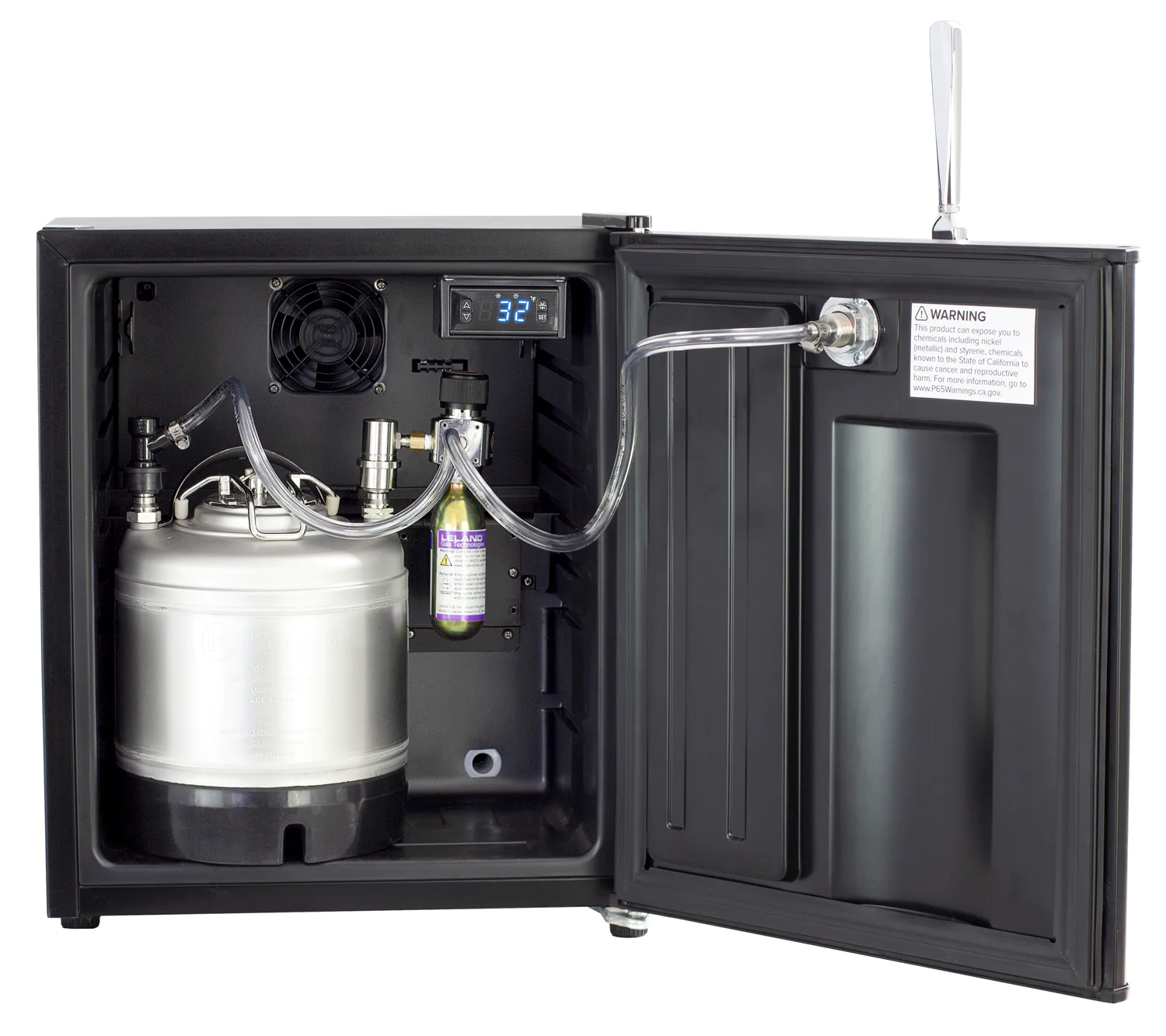
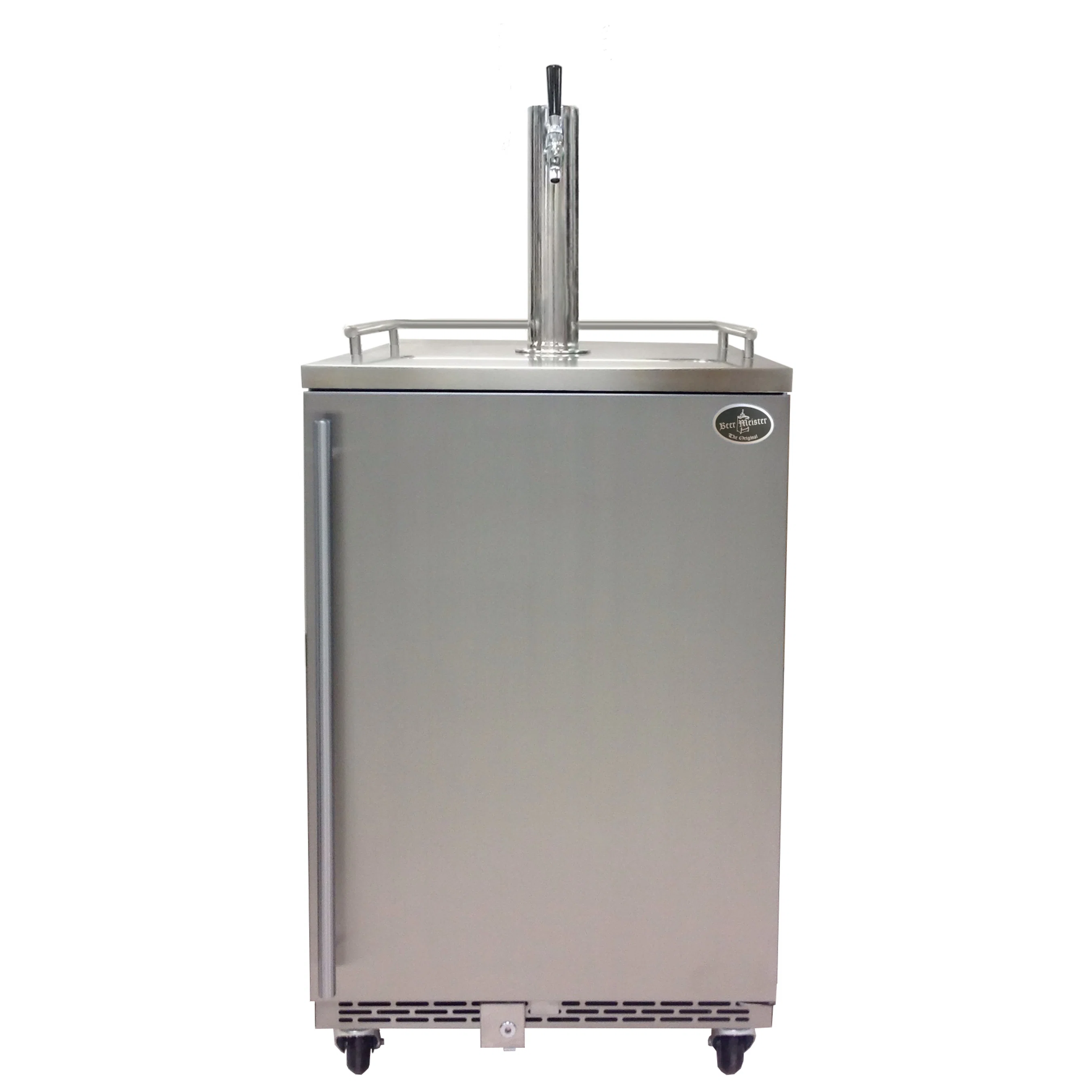
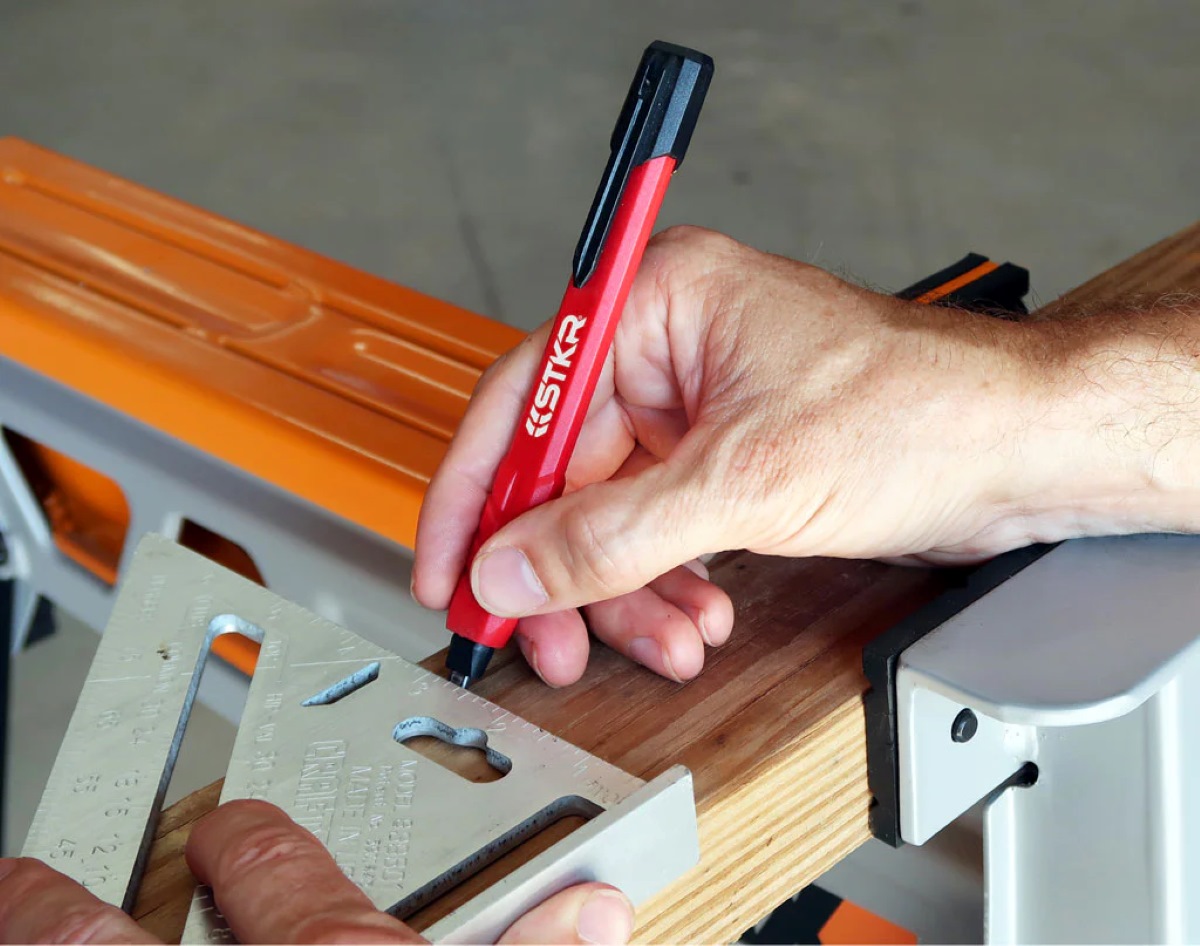
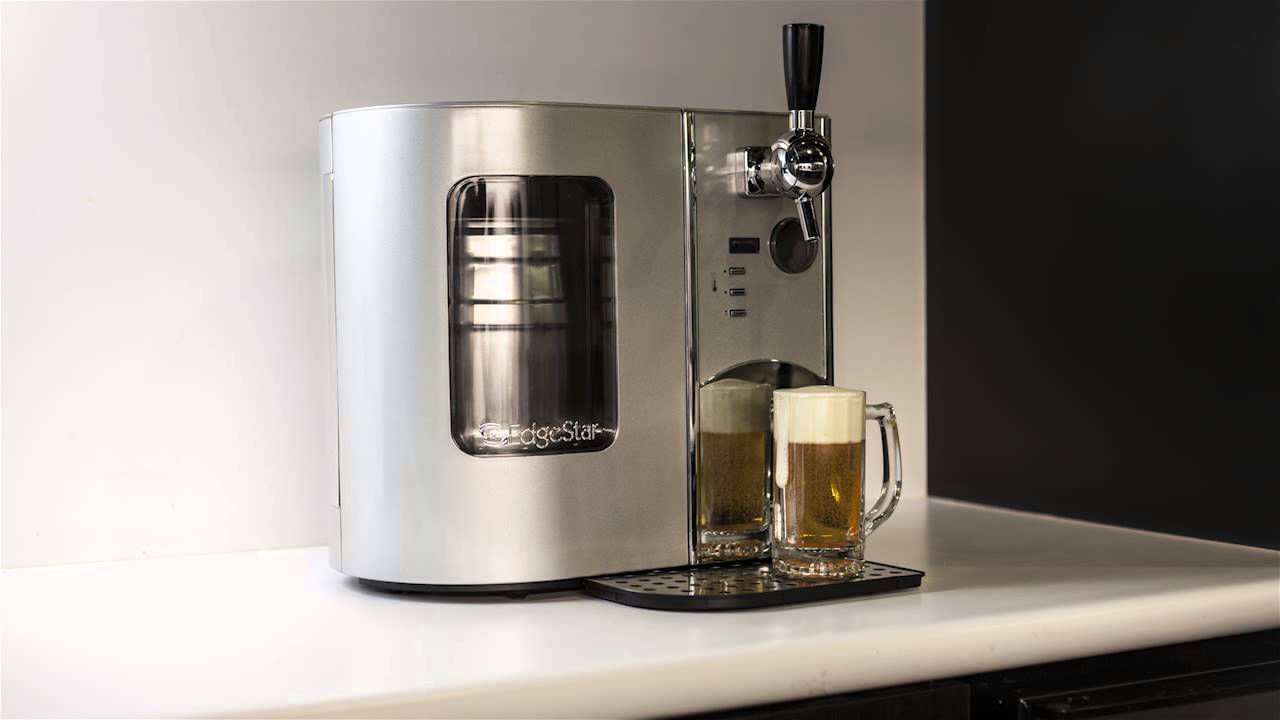
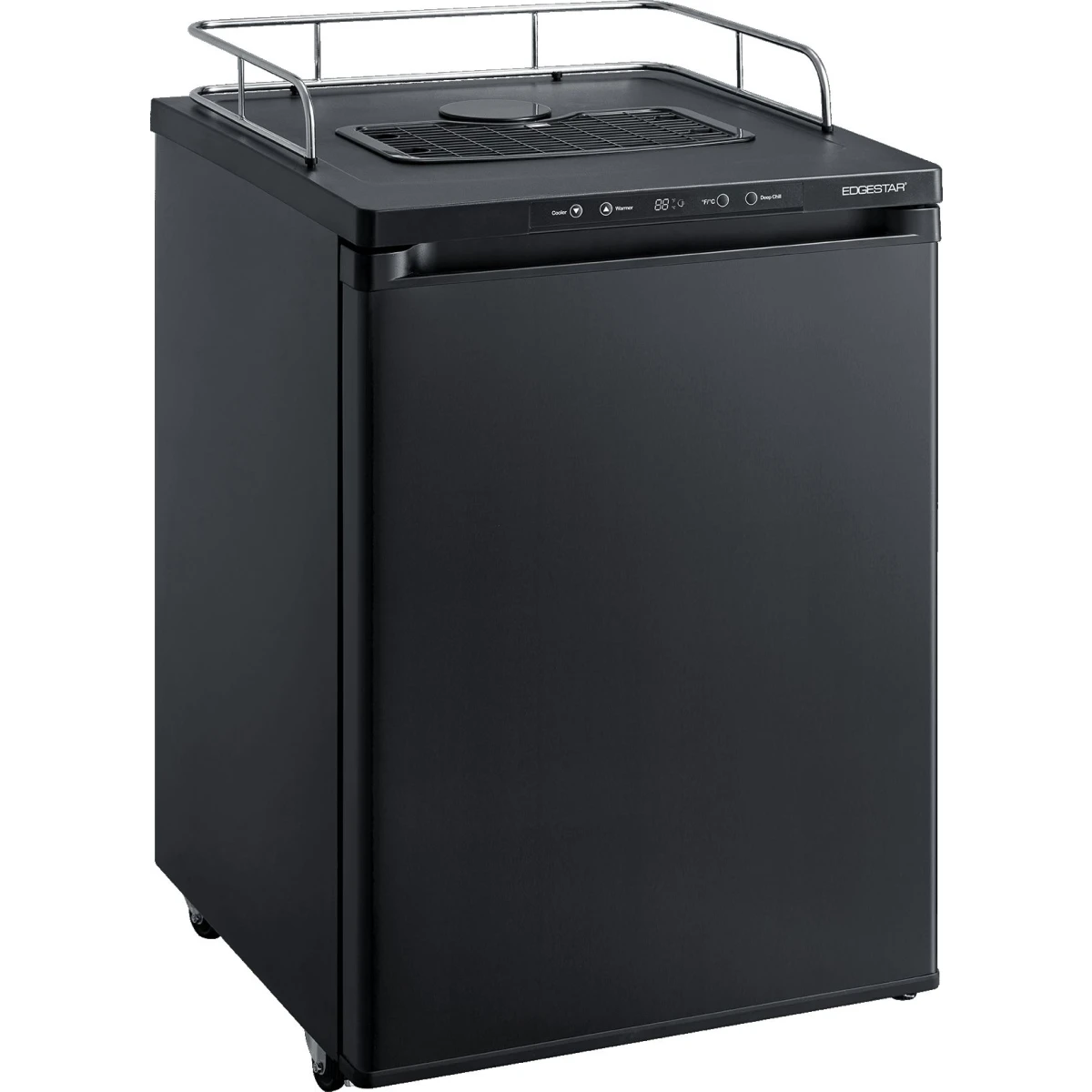
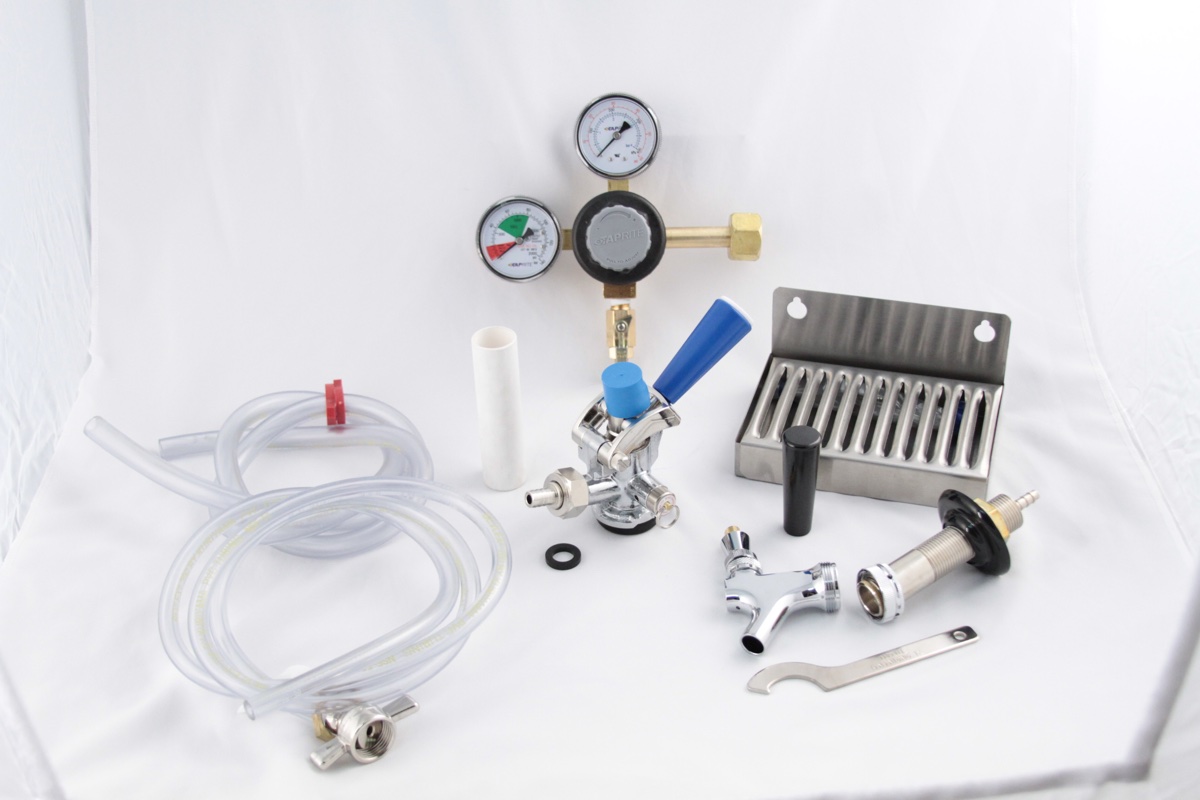

0 thoughts on “Why Is The Kegerator Making My Beer Flat?”